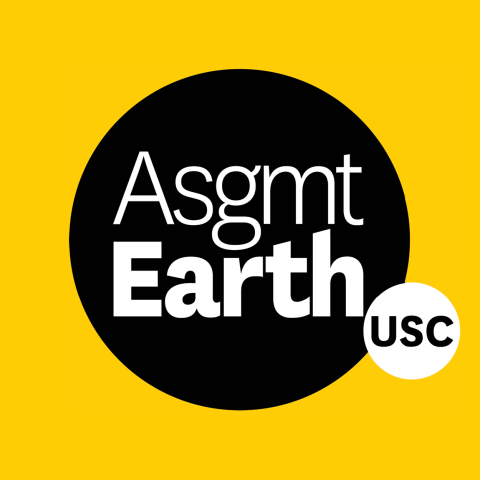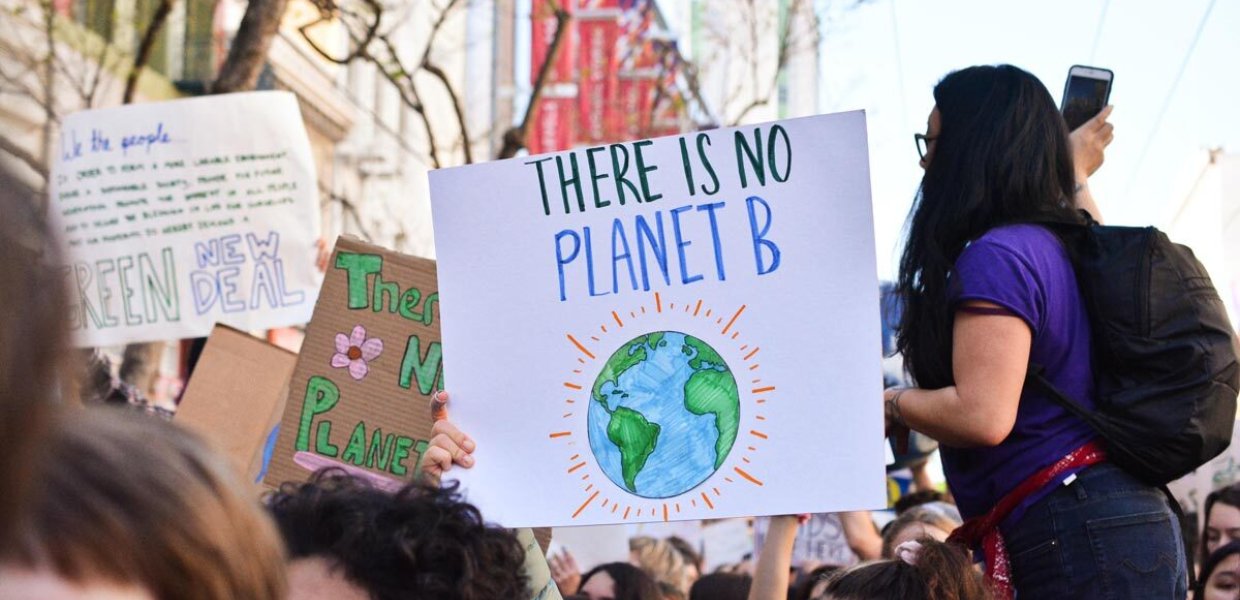As world leaders prepare to meet this month at the United Nations Climate Change Conference in Egypt, journalists and communications professionals around the globe are gearing up to cover the negotiations. And a new center at the USC Annenberg School is ready to improve the impact of climate communication.
The school has launched the Center for Climate Journalism and Communication that empowers professionals across media, public relations, and strategic and corporate communications to be climate storytellers who advance a deeper understanding of the consequences of climate change — from the global to the local and from the collective to the individual. The center provides critical training to understand climate science, to capture its effects, particularly when felt disproportionately in under-resourced communities, and to support action that preserves the health of the planet and its inhabitants.
“The climate crisis is one of the most significant stories of our lifetime and we must do a better job telling it,” USC Annenberg Dean Willow Bay said. “The center emboldens professional journalists and communicators — with discipline specific training, support and mentoring — to tell this story as if our lives depend upon it.”
Leveraging USC’s academic scholarship, targeted research initiatives and professional training expertise, the center designs customized programs for news and communication organizations.
“From our neighbors who are experiencing climate change, to scientists and scholars who research the subject, we know that climate change is real and it’s happening now,” said Allison Agsten, the center’s inaugural director. “We have an imperative to train — and support — professional and aspiring journalists and communicators who can combine powerful narratives, data grounded in science, and engagement with communities they serve to drive systemic change.”
Developed in collaboration with long-standing USC Annenberg partner ABC Owned Television Stations, the center’s first climate training program for news organizations begins this month. Local TV news journalists in eight U.S. markets — ranging from assignment editors and executive producers to meteorologists and race and culture reporters — will learn from experts in big data processing, ethical image selection, decision science and climate resilience. Journalists will also produce a data report outlining climate impacts in their regions and stories that capture the ramifications on residents in their local communities.
“Now, more than ever, we need to train and support journalists to accurately report on the current and future climate crisis,” said Chad Matthews, president, ABC Owned Television Stations. “The center’s program is invaluable as our journalists strive to deliver the quality reporting our stations are known for, and to create climate journalism that is accessible, understandable, and actionable for the average consumer.”
In addition, the center helps practitioners in public relations, corporate communications and advocacy improve their own environmental storytelling capabilities. At a moment when awareness — and distrust — of environmental, social and governance (ESG) is expanding, the center has commissioned intelligence from Zignal Labs to gauge the challenges inherent in ESG reporting.
In September, the center kicked off its virtual “Covering Climate” series, which provides easily accessible programming for working journalists and students to explore topics and connect with leaders in climate reporting, research and activism.
For students, the center provides foundational training in climate communication both through publishing opportunities in USC Annenberg courses as well as the school’s student-led news organization Annenberg Media.
Recent projects developed by students in the COMM 499: Climate Stories course and through the journalism master’s summer immersion program have been published by outlets and websites such as Now This Earth, Surfrider Foundation, the NOAA’s Sea Grant, among others.
This Fall, Agsten collaborated with Annenberg Media to establish the Earth Desk, which will engage students of all majors to cover (and consume) climate-related news.
“By supporting the creation of the first Earth Desk, we are providing an opportunity for student journalists to learn how to incorporate climate into any story, on any beat, and in any field,” Agsten said.
Seed funding to support the center's formation came from Bloomberg Philanthropies along with Vere Initiatives and USC Annenberg parents, through the Beedie Foundation and the Manaaki Foundation.
“We are inspired by how the USC Annenberg community has come together to advance our collective climate story,” said Antha Williams, who leads Bloomberg Philanthropies’ Environment program. “We hope others will join us in helping to elevate and further this important work.”
 The center’s mission aligns with Assignment: Earth, USC’s Sustainability Framework for a greener campus and planet. Assignment: Earth articulates the university’s commitment to addressing the impacts of climate change and creating a more just, equitable and sustainable future.
The center’s mission aligns with Assignment: Earth, USC’s Sustainability Framework for a greener campus and planet. Assignment: Earth articulates the university’s commitment to addressing the impacts of climate change and creating a more just, equitable and sustainable future.
